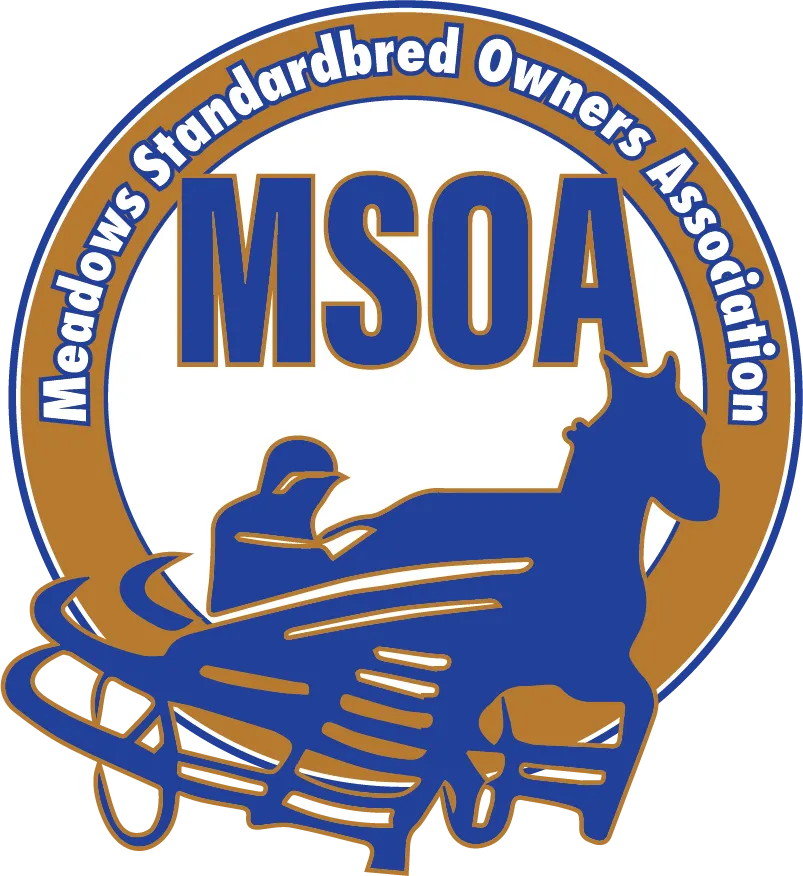

What to Say at the Betting Window
After you make your selection, go to any betting window to place your wager. Here’s the usual method of stating your bet:
Give the AMOUNT of the wager ($2 minimum), the TYPE of bet, and the NUMBER or numbers of your selections. For example- $3 to win on number 5; $6 to show on number 7; $4 exacta, 3-2.
Remember, if you are betting a race simulcasted to your track, start off your wager by saying which track you are playing and the race number (For example, “In the fifth at The Meadows, I’ll take $5 to win on number 2.”)! And ALWAYS check your tickets before leaving the window. Even the best mutuel clerk can make a mistake.
Once in a great while, you will see odds of 1-9 on the odds board. That is the lowest price a horse can appear on the tote board, although in actuality his price may be even lower., Similarly, when you see a horse at odds of “99,” it means that the odds are 99 to 1 OR HIGHER. There aren’t enough spaces on the tote board to go higher than “99.”
Here is a quick look at types of bets.

Win:
Collect if your horse finished 1st.

Place:
Collect if your horse finishes 1st or 2nd.

Show:
Collect if your horse finishes 1st, 2nd or 3rd.

Daily Double:
Collect if you select the winners of two consecutive specified races.

Exacta:
Collect if you select the first two finishers in exact order.

Trifecta:
Collect if you select the first three finishers in exact order.

Pick Six:
Collect if you pick the winners of the six designated races included in the “Pick Six” program. You may win a consolation prize for selecting winners in five of the six designated races.
The best part: Ca$hing in!
If your horses came in—if you’re a WINNER—you can take your ticket to any mutuel window. You can collect all of your winnings, and you can even bet some of your money back on the next race or future races. Hand your ticket back to the cashier and he or she will provide the payout.
UNDERSTANDING THE ODDS
On the infield tote board, you will see the “win” odds for each horse in the race. These are updated frequently—every 45 seconds—to reflect the amount of money wagered on each horse in relation to all money wagered in the entire win pool.
That section of the tote board might look something like this:

If you see a single number next to your horse on the odds board, for example,”5,” then the horse is 5 to 1. This means that, for every dollar wagered on that horse to win, the winning ticket holder would win about $5 and receive about $6 back. (Don’t forget, you always get the amount of your bet back!)
So, for a $2 winning ticket on a 5 to 1 horse, you would receive about $12. ($5 + $5 + your $2 bet = $12.)
Sometimes, when a horse is below the odds of 5 to 1, you might see two numbers with a “-” between them. The odds of 9-2 or 8-5 are typical examples. In the case of 9-2 odds, this means that, for every $2 bet, you would win about $9 and get $11 back (maybe some change, too).
To figure out your approximate payoff when the odds are 9-2, 7-2, 5-2,3-2 or 1- 2, simply add the two numbers and you’ll know your $2 payoff.
When a horse is under 2-1, you will most likely see a further refinement in odds-examples are 9-5 and 8-5, among others. Using 8-5 as an example, this means that, for every $5 bet, one would win about $8 and get $13 back. For a $2 bet on a horse that is 8-5, the winner would receive about $5.20.
Once in a great while, you will see odds of 1-9 on the odds board. That is the lowest price a horse can appear on the tote board, although in actuality his price may be even lower., Similarly, when you see a horse at odds of “99,” it means that the odds are 99 to 1 OR HIGHER. There aren’t enough spaces on the tote board to go higher than “99.”
SIGN UP TO GET OUR EXCLUSIVE CONTENT

